Theodore's Memorial Video
Saturday, July 14, 2012
Book Review: Lethal Warriors: When the New Band of Brothers Came Home
Lethal Warriors: When the New Band of Brothers Came Home
David Philipps
Palgrave/MacMillan
2010
Soldiers returning home from war have always had it rough. When I did my psychiatry rotation in medical school, I was assigned to the Veteran’s Administration(VA) hospital. The psychiatric ward took up almost one entire floor of the main building, and was divided into two wings. One was for patients suffering from PTSD, or Post Traumatic Stress Disorder, while the other treated just about every other psychiatric malady. With the typical cynicism which comes with being a medical student, we referred to the floors more by their nicknames than by their proper titles. The section which dealt with a variety of psychopathology was called either the ‘Smorgasbord’ or the ‘Salad Bar,’ while the PTSD wing was more commonly called the ‘FTVA’ wing. I shall leave it to the reader to decipher the meaning of the letters preceding Veteran’s Administration. I was assigned to the Smorgasbord, and so had very little contact with the patients - most of them Vietnam Veterans - that filled the other wing of the hospital.
Over the past twenty-three years, the military and the VA have continued to struggle with those who have experienced the horror of war. Judging from David Philipps’ book, Lethal Warriors: When the New Band of Brothers Came Home, it appears as if the challenge is even greater today. This book left me wondering if the ‘War is Hell’ which General Sherman spoke about has gotten worse, or perhaps the American soldier is entering combat unprepared for the tremendous moral, spiritual, and psychological upheaval which comes with it.
Philipps reports on the events that followed the return of an Army unit to their home base in Colorado Springs, Colorado from combat in Iraq. Within a short time, the rate of violent crimes in the city increased, with most of them involving soldiers who had just returned from some of the most dangerous areas in Iraq. Philipps interviewed soldiers who were in prison, as well as their family and friends, commanding officers, and a few of the people who were treating soldiers with PTSD. He describes the plight of young men who went off to serve our country, and how the traumatic experience of serving in Iraq had changed so many of them for the worse. He also relates how the medical and psychological support for them was overwhelmed by the sheer numbers of personnel who exhibited signs of PTSD. In addition, he poignantly describes how the military culture made it difficult for soldiers to seek help from the medical community.
This book was very sobering to read, from the recollection of encounters with an elusive enemy in Iraq to the descent of various characters in the book into depression and violence. There was also a lot of strong language as well. I would recommend this book to anyone who is considering a military career, as it shows how ordinary men could be affected by the stress of combat. I spoke to some folks I know who had been deployed to Iraq and Afghanistan, and they all agreed that no one leaves there without being changed in some way. All of them talked of survivor’s guilt, and the strange desire to return despite knowing the danger.
I think this book will increase awareness for the need for more mental health care in the military, the Veteran’s Administration hospitals, and in the private sector. Some of the changes made by General Graham while he was in command at Fort Carson in Colorado Springs sounded great, but programs like that may be eliminated by those who follow him.
There were two things about the book which I found troubling. One is that very few medical personnel were included in the narrative. Throughout the book, physician or psychologist encounters were described as brief, usually after waiting a long time for an appointment. Invariably, the soldiers were prescribed medications as a first means of treatment, with little counseling added to the therapy. It was disturbing to read that a lot of the soldiers were taking prescription drugs while out on patrol. I think that it is possible that the military medical community did not want to discuss this issue, and so their perspective was not included in the book. Perhaps, like my initial encounter with PTSD in medical school, it is still considered a difficult area for discussion.
The other thing which I found quite remarkable is that Philipps seems to totally ignore the importance of faith - any faith - in the life of these men. He did not comment on the religious background of any of the soldiers; I would think that he would have at least mentioned if they had no faith at all. This is an important issue for this book, because the type of fighting in Iraq after President Bush’s infamous ‘Mission Accomplished’ declaration was not clearly defined. The enemy blended in with the people, and made identifying friend from foe difficult. The soldiers even comment that it was often safer to shoot first in an encounter, which sometimes resulted in the death of innocent civilians. Fighting under conditions which forced the soldier to make morally unpleasant decisions must have caused some amount of spiritual anguish among even the most hardened men, and yet this aspect is ignored by the author.
I can think of several explanations for this. One is that serving in Iraq limited our freedom of Religion; I recall that when I was in the Air Force we were told that certain religious items were not permitted in the Middle East. Another is that there is a shortage of chaplains in the military; for some of these soldiers in remote locations, a visit from the Padre is a rare event. But far more important is the way our government is gradually downplaying the importance of religion in our society as a whole. In 2009, the military published an epidemiological study trying to determine factors which influenced the sudden increase of homicides at Fort Carson. I looked over the report - all 126 pages of it - and found no mention of faith, or religion, or God in it anywhere. The only reference to religion is the inclusion of a Chaplain in the epidemiology team. Perhaps the faith of the soldiers was not investigated because, like other variables in psychology, it is difficult to quantify or analyze statistically. Whatever the case, no discussion of religion, or God in both the Army’s report and Philipp’s book was very disappointing.
It seems to me that the de-emphasis of faith in our society and in the military in particular is to blame for a lot of the troubles which followed the return of these soldiers to the United States. War has always been Hell, but the way that man faced it certainly has changed. During the Civil War, mothers would make sure to include a Bible in their son’s belongings. One of the books we have in our library is the ‘Catholic Prayer Book for the Marine Corps’ originally published during World War II. Even in my own time, in the late 1980’s, faith was seen as important in the military. I recall a Sergeant telling me about ‘GI Parties’ which were held on Sunday mornings for those who were not going to services. A GI party consisted of thoroughly cleaning the inside and outside of the barracks. It didn’t take long for those who wanted to sleep in on Sunday to ‘get religion,’ as it was called. I don’t know about the current situation in the military, but if David Philipps’ book is any indication, religion, faith, and God have been pushed aside. The events described in Lethal Warriors suggest what happens when the ‘Army of One’ has no One to fall back on.
I would recommend this book to only mature readers because of content and language. I think it would be a good read for anyone considering serving in the military because it depicts the reality of war. The subject of Post Traumatic Stress Disorder is something every man contemplating the military should think about before making such a serious commitment.
Subscribe to:
Post Comments (Atom)
Our Lady of the Mysterious Decapitation

Now restored with the help of some cement!
Prayer to Our Lady of the Mysterious Decapitation
Mary my mother, take my hand today, and all days.
Lead me away from all occasions of sin.
Guide me in fulfilling your last words in the Gospel,
"Do whatever He tells you."
Amen.
Lead me away from all occasions of sin.
Guide me in fulfilling your last words in the Gospel,
"Do whatever He tells you."
Amen.







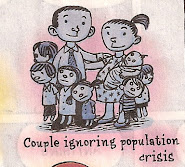





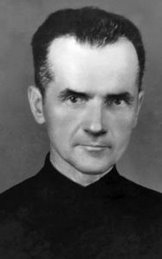

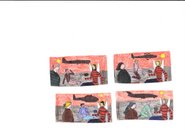
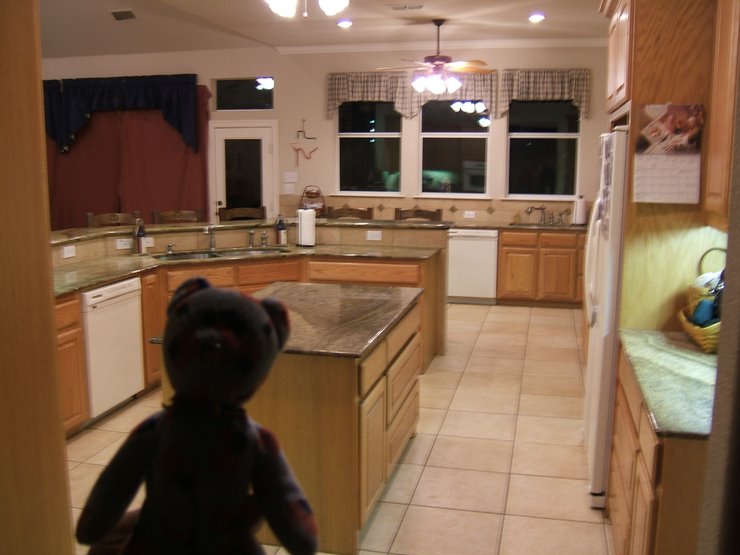
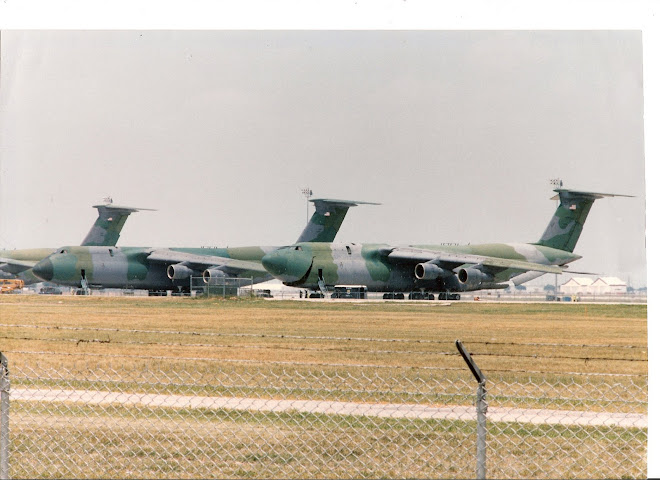
No comments:
Post a Comment